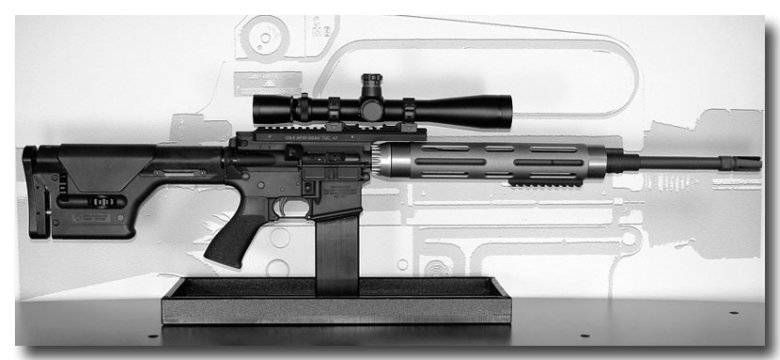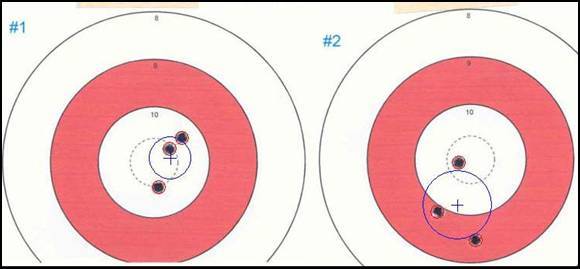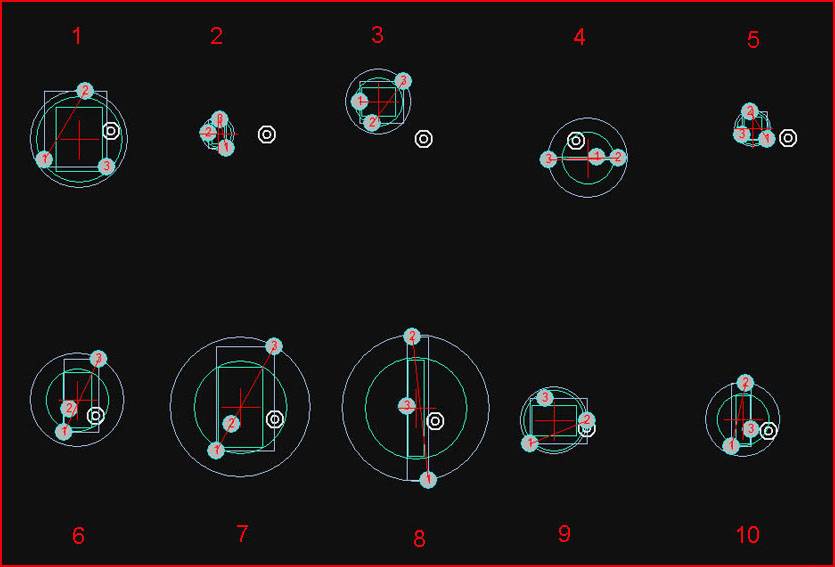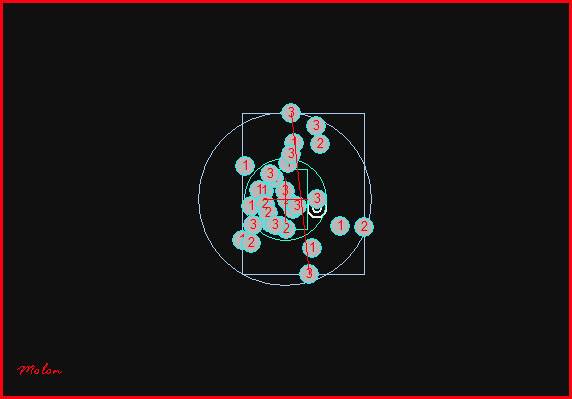Interesting. Recently, when dialing in a Holosun 407k on a SA Hellcat, I noticed two different groups at 12 yards when using the center of the lens versus the upper 1/3 for dot placement. Not sure if anyone else has seen the linked article below written by Ryder Crockett at greeneyetactical.com. It has some fascinating information, scientifical methods, references things like Pythagorean Theorems, Euclidean Distances which kind of makes my head hurt making me want to take a break and lick a few windows. I've read through it a few times. Great stuff.
https://www.greeneyetactical.com/201...ight-parallax/



 Reply With Quote
Reply With Quote










